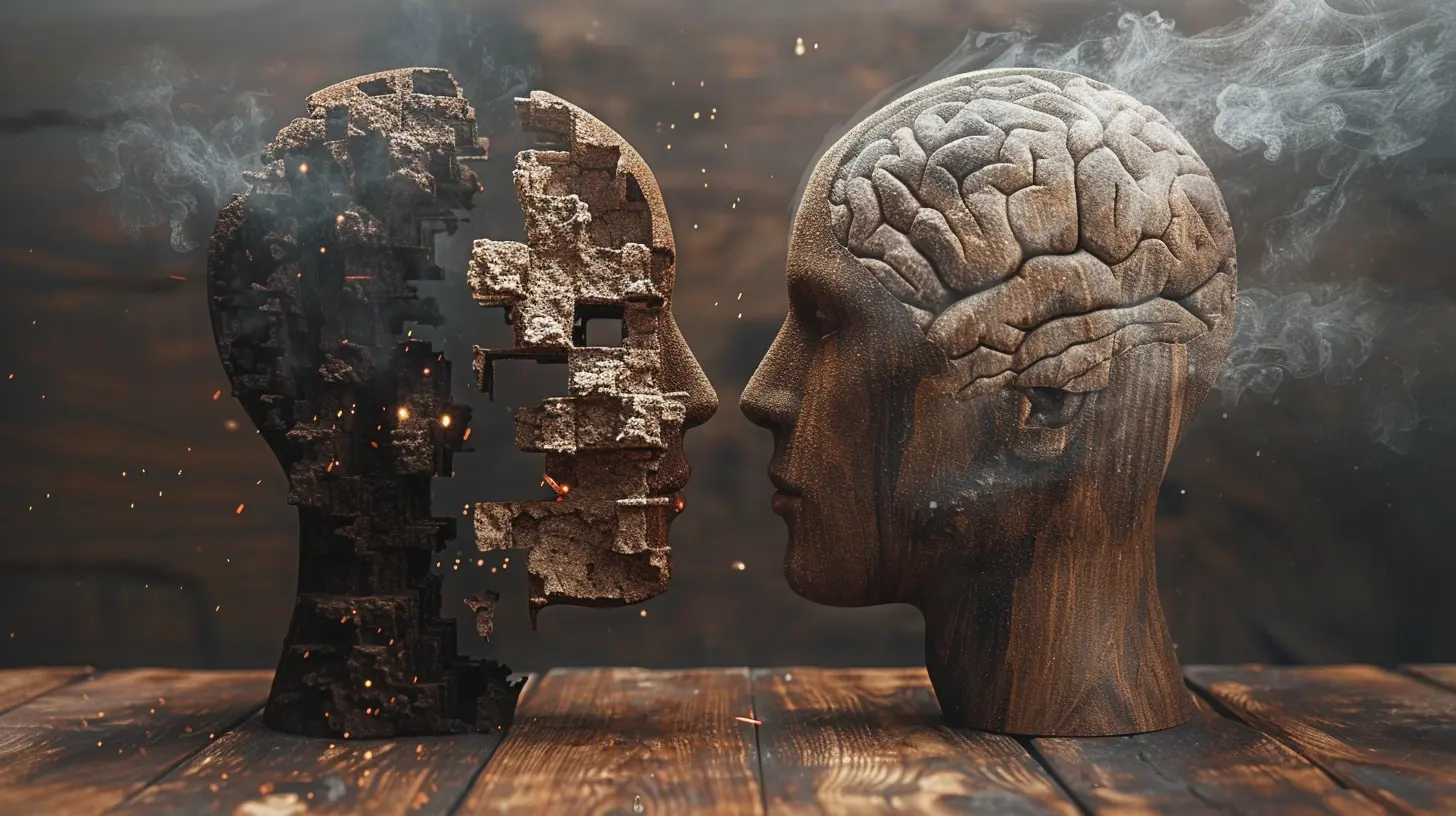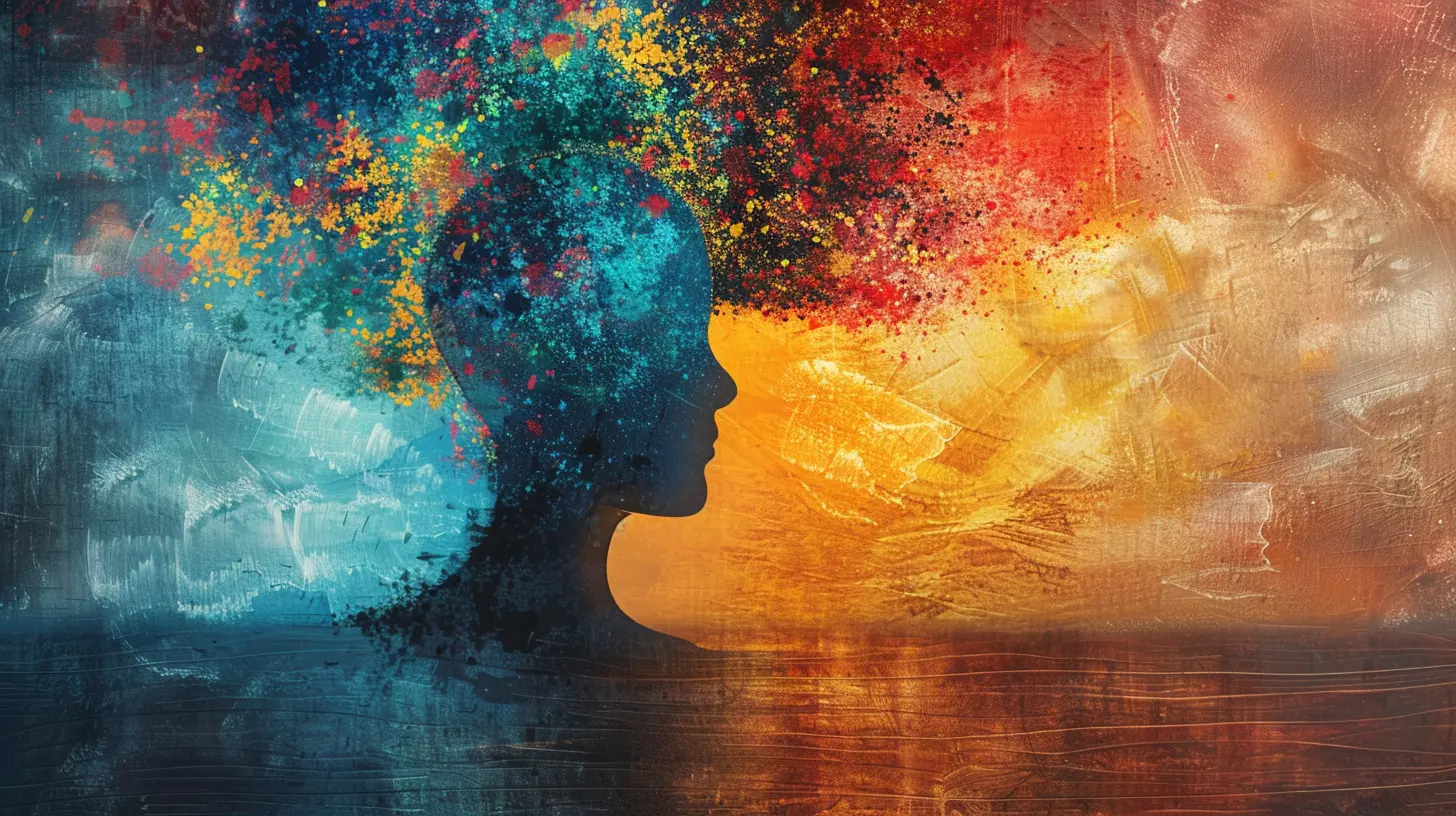Understanding the Psychology of Decision-Making
19 June 2025
Have you ever found yourself standing in front of a menu, clueless about what to order? Or maybe you're stuck between choosing two job offers, each with its own set of pros and cons. These moments, big or small, all fall under the umbrella of decision-making. But what exactly goes on inside your brain when you're making decisions?
In this blog post, we’re going to dive deep into the psychology of decision-making. We’ll explore how our brains process choices, why we sometimes make irrational decisions, and what you can do to improve your decision-making skills. Ready? Let’s get started.

What is Decision-Making?
Decision-making is the process of selecting a course of action from multiple alternatives. It sounds simple, right? You weigh your options, pick the best one, and move forward. But in reality, it’s a lot more complex than that. Our brains are constantly bombarded with information, and the way we process this information can be influenced by emotions, biases, social factors, and even our environment.Think about your typical day. From the moment you wake up, you're making decisions—what to wear, what to eat, whether to hit snooze on the alarm. Some decisions are automatic and require little thought, while others require more deliberation. The psychology behind these choices is fascinating, and understanding it can help us make better decisions in both our personal and professional lives.

The Two Systems of Thinking: Fast vs. Slow
Psychologist Daniel Kahneman, a Nobel laureate, introduced the concept of two systems of thinking in his book Thinking, Fast and Slow. These two systems—often referred to as System 1 and System 2—are at the core of how we make decisions.System 1: The Fast and Automatic Thinker
System 1 is our brain’s autopilot. It operates quickly and automatically, with little to no effort. This system is responsible for our gut reactions, intuition, and snap judgments. It’s the reason why you can recognize a familiar face in a crowd or hit the brakes when a car suddenly stops in front of you.System 1 is highly efficient, but it’s not always accurate. Sometimes, it relies on mental shortcuts—known as heuristics—that can lead to errors or biases. For example, you might assume someone is unfriendly just because they didn’t smile at you, even though they might just be having a bad day.
System 2: The Slow and Deliberate Thinker
System 2, on the other hand, is the more analytical part of our brain. It kicks in when we need to process information carefully, weigh different options, and make reasoned decisions. This system is slower and requires more effort, but it’s also more accurate.Think of System 2 as the decision-making muscle that helps you solve complex problems—like calculating your budget or deciding which college to attend. While System 2 is great for making well-thought-out decisions, it’s also prone to fatigue. The more you use it, the harder it becomes to maintain focus, which is why we often revert back to System 1 for quick decisions.

Cognitive Biases: The Sneaky Tricks Your Brain Plays on You
Let’s be real—our brains aren’t perfect. Sometimes, they trick us into making irrational decisions. These mental shortcuts, known as cognitive biases, can distort our thinking and lead us astray.Here are some common cognitive biases that affect decision-making:
1. Confirmation Bias
Ever notice how we tend to seek out information that confirms our pre-existing beliefs? That’s confirmation bias at work. Whether it’s politics, health, or even sports, we’re more likely to pay attention to data that aligns with our views and ignore anything that contradicts them.In decision-making, confirmation bias can lead us to selectively choose evidence that supports our preferred outcome. This is why it’s important to actively challenge your assumptions and consider alternative viewpoints.
2. Anchoring Bias
Anchoring bias occurs when we rely too heavily on the first piece of information we receive (the "anchor") when making decisions. For example, if you’re shopping for a new car and the first model you see is priced at $40,000, you might use that as a reference point for evaluating other cars, even if they’re more affordable.This bias can skew our decisions, making us overvalue or undervalue options based on arbitrary anchors. To counteract it, try to gather a wide range of information before settling on a choice.
3. Loss Aversion
Loss aversion refers to the idea that people tend to fear losses more than they value gains. In other words, we’re more motivated to avoid losing $100 than we are to win $100. This is why we sometimes hold onto bad investments or stick with a job we hate—the fear of losing what we already have can cloud our judgment.Recognizing this bias can help you make more rational decisions by focusing on the potential benefits of change rather than clinging to the status quo.

The Role of Emotions in Decision-Making
We like to think of ourselves as rational beings, but the truth is that our emotions play a huge role in decision-making. Whether we’re aware of it or not, our feelings can influence the choices we make—sometimes for the better, and sometimes for the worse.Positive Emotions: The Upside of Feeling Good
When we’re in a good mood, we tend to be more creative, open-minded, and optimistic. This can lead to better decision-making, especially in situations that require innovative thinking. For instance, if you’re brainstorming ideas for a project, being in a positive state of mind can help you come up with more creative solutions.However, there’s a downside to this as well. When we’re feeling overly confident, we might underestimate risks or overlook important details. This is why it’s important to balance optimism with realism.
Negative Emotions: The Downside of Feeling Bad
On the flip side, negative emotions like fear, anger, or anxiety can cloud our judgment and lead to poor decisions. Think about the last time you made a decision out of anger—did it work out well for you? Probably not.When we’re in a negative emotional state, we’re more likely to make impulsive decisions or focus too much on short-term outcomes. The key to overcoming this is emotional regulation—taking a step back, calming down, and reevaluating the situation before making any hasty choices.
How to Improve Your Decision-Making Skills
Now that we’ve covered the psychological factors that influence decision-making, you might be wondering: How can I improve my decision-making skills? Here are a few practical tips:1. Practice Mindfulness
Mindfulness is the practice of being fully present and aware of your thoughts, feelings, and surroundings. By practicing mindfulness, you can reduce the influence of biases and emotions on your decisions. The next time you’re faced with a tough choice, take a few deep breaths, clear your mind, and consider the situation objectively.2. Take Your Time
When making important decisions, it’s crucial to give yourself enough time to think things through. Rushed decisions are more likely to be influenced by emotions or biases. If possible, sleep on it before making a final call. Your brain will have more time to process the information, and you’ll likely wake up with a clearer perspective.3. Seek Input from Others
Sometimes, we get so caught up in our own thoughts that we fail to see the bigger picture. This is where other people can help. Seek advice from friends, family, or colleagues who can offer a fresh perspective. Just be sure to choose people who are willing to challenge your views rather than simply agree with you.4. Use a Decision-Making Framework
Decision-making frameworks, such as pros and cons lists or the SWOT analysis (Strengths, Weaknesses, Opportunities, Threats), can help you organize your thoughts and evaluate your options more objectively. By breaking down the decision into smaller components, you can reduce the cognitive load and avoid being overwhelmed.The Power of Habit in Decision-Making
One last thing to consider is the role of habits in decision-making. Many of the decisions we make on a daily basis are influenced by our habits—both good and bad. In fact, research shows that up to 40% of our daily actions are habitual.This can be both a blessing and a curse. On the one hand, habits can help us automate small decisions (like brushing our teeth or making coffee), freeing up mental energy for more important choices. On the other hand, bad habits can lead us to make poor decisions without even realizing it.
If you want to improve your decision-making, it’s important to identify and break any negative habits that might be holding you back. This could be as simple as changing your morning routine or as complex as overhauling your entire approach to work.
Conclusion: Becoming a More Conscious Decision-Maker
At the end of the day, decision-making is an inevitable part of life. While we can’t control every factor that influences our choices, we can become more aware of the psychological processes at play. By understanding the role of System 1 and System 2 thinking, recognizing cognitive biases, managing our emotions, and practicing mindfulness, we can make more informed, rational decisions.Remember, it’s not about being perfect—it’s about being conscious of the factors that influence your decisions and making an effort to improve over time. So the next time you’re faced with a tough choice, take a step back, engage your System 2 thinking, and make a decision you can feel confident about.
all images in this post were generated using AI tools
Category:
PsychologyAuthor:

Eliana Burton
Discussion
rate this article
1 comments
Calaris Green
Thank you for this insightful article! I appreciate how it highlights the complexities of decision-making. It’s a reminder of the importance of introspection in understanding our choices and behaviors.
June 28, 2025 at 4:52 AM

Eliana Burton
Thank you for your thoughtful comment! I'm glad you found the article insightful and that it resonated with you.


